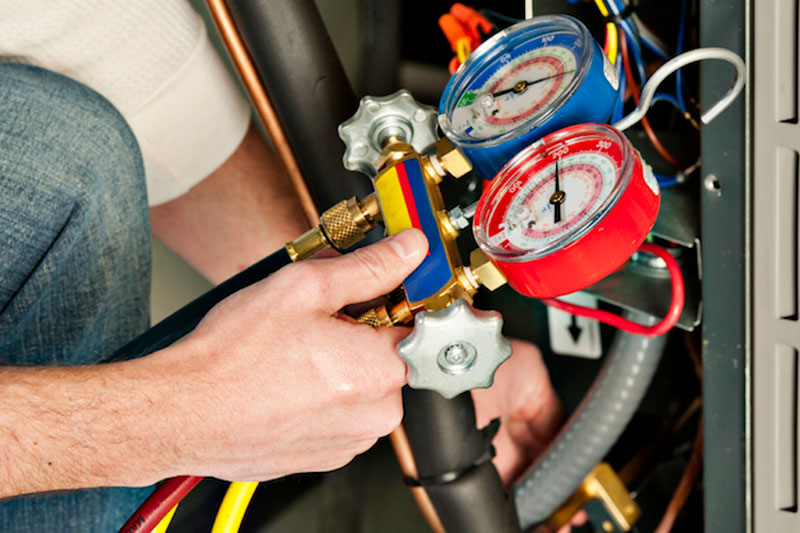
You might not think much about how your air conditioner functions, but it needs refrigerant to keep your house cool. This refrigerant is bound by environmental rules, since it contains chemicals.
Subject to when your air conditioner was put in, it may need R-22, R-410A or R-32 refrigerant. We’ll review the differences and which air conditioner refrigerants are being phased out in Manassas, in addition to how these phaseouts have on influence on you.
What’s R-22 and Why Is It Phased Out?
If your air conditioner was installed before 2010, it possibly uses Freon®. You can discover if your air conditioner contains it by contacting us at 703-595-4157. You can also inspect the name plate on your air conditioner condenser, which is found outside your residence. This sticker will include details on what kind of refrigerant your AC uses.
Freon, which is also known as R-22, includes chlorine. Scientists consider Freon to be harmful to the earth’s ozone layer and one that prompts global warming. The Environmental Protection Agency, which governs refrigerants in the United States, barred its manufacture and import in January 2020.
Should I Replace My R-22 Air Conditioner?
It depends. If your air conditioning is running fine, you can continue to use it. With yearly air conditioner maintenance, you can expect your air conditioning to run around 15–20 years. However, the Department of Energy reports that replacing a 10-year-old air conditioner could save you 20–40% on summertime cooling expenses!
If you don’t install a new air conditioner, it can create difficulties if you require air conditioning repair in the future, specifically for refrigerant. Repairs might be more expensive, as only limited quantities of recycled and reclaimed R-22 is on hand.
With the end of R-22, most new air conditioners now rely on Puron®. Also called R-410A, this refrigerant was developed to keep the ozone layer in good shape. Since it needs a varying pressure level, it isn’t compatible with air conditioners that need R-22 for cooling.
However, Puron still has the possibility to create global warming. As a result, it may also ultimately be ended. Although it hasn’t been disclosed yet for residential air conditioners, it’s anticipated sometime this decade.
What Refrigerant Will Take the Place of R-410A?
In preparation of the phaseout, some brands have started using R-32 in new air conditioners. This refrigerant ranks low for global warming likelihood—about one-third less than R-410A. And it also lowers energy expenditure by approximately 10%, according to the Intergovernmental Panel on Climate Change’s Fourth Assessment Report. That’s savings that may be sent on to you through your energy bills.
Fire & Ice HVAC Can Provide Support with All Your Air Conditioning Needs
In summary, the modifications to air conditioner refrigerant probably won’t affect you a whole lot until you have to have repairs. But as we went over earlier, repairs connected to refrigerant might be more expensive due to the restricted amounts available.
Aside from that, your air conditioner frequently breaks down at the worst time, often on the hottest day when we’re getting lots of other requests for AC repair.
If your air conditioner uses an outdated refrigerant or is aging, we advise installing a modern, energy-efficient air conditioner. This delivers a stress-free summer and can even lower your utility costs, especially if you select an ENERGY STAR®-rated air conditioner. Plus, Fire & Ice HVAC offers many financing options to make your new air conditioner work with your budget. Contact us at 703-595-4157 to start today with a free estimate.
